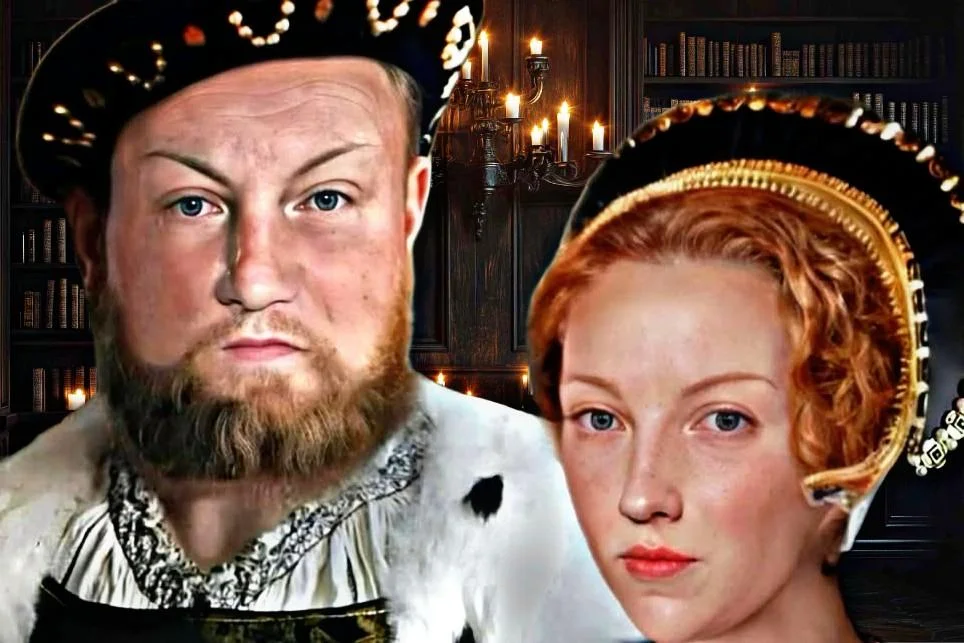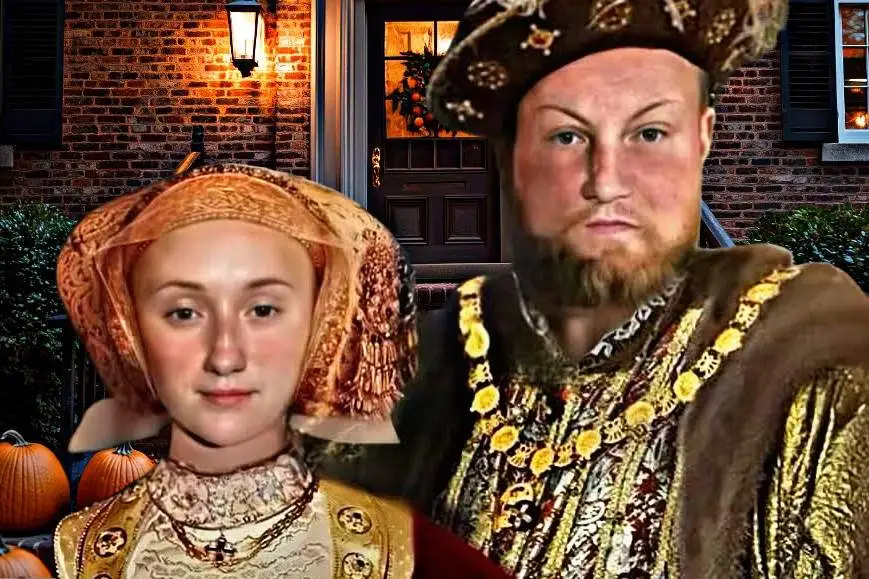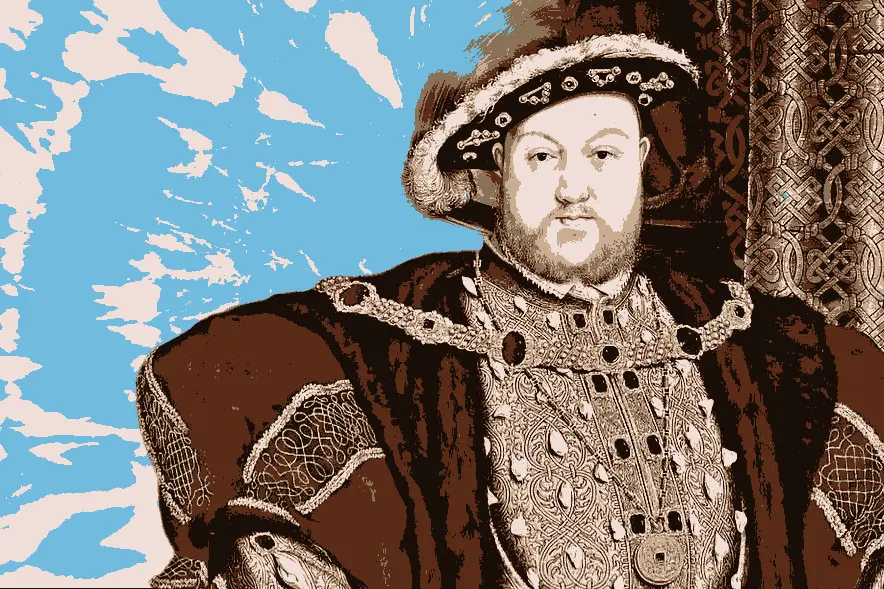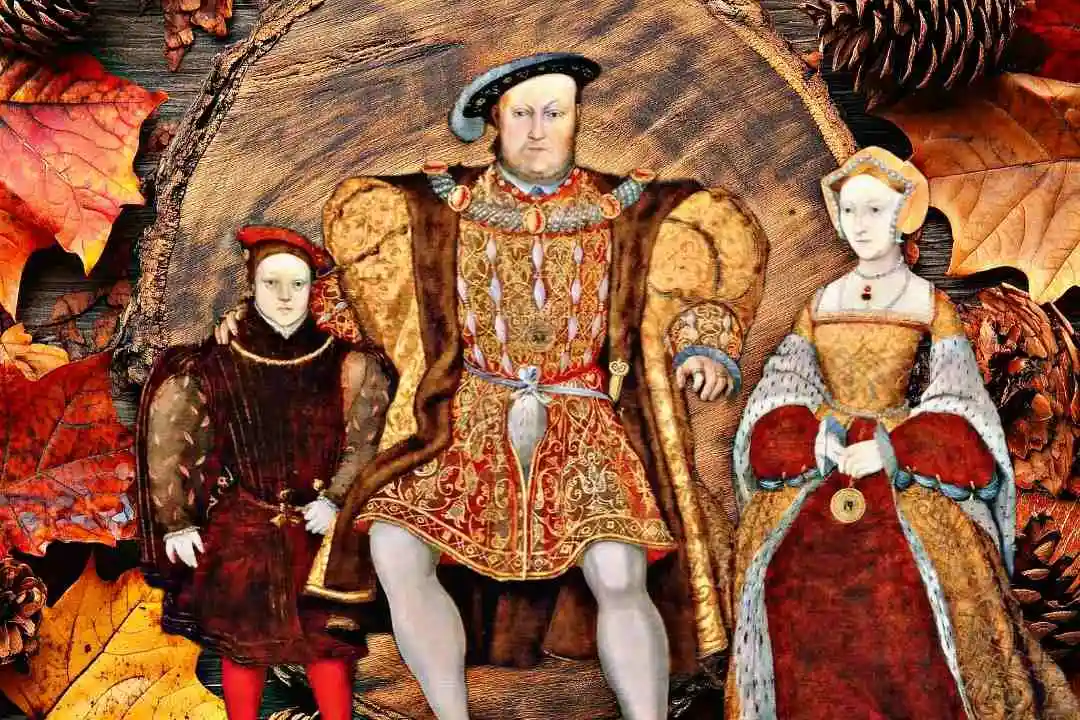Henry VIII, one of the most iconic figures in English history, continues to captivate scholars, historians, and the general public centuries after his reign. Known for his six marriages, the establishment of the Church of England, and his larger-than-life persona, Henry VIII influence on England’s political, religious, and cultural landscape was profound. His 38-year reign (1509-1547) was marked by sweeping changes that would reshape the nation and set the stage for the modern British state. This article delves into the life, reign, and legacy of Henry VIII, exploring the man behind the crown and the enduring impact of his rule.
Early Life and Ascension to the Throne

Henry VIII was born on June 28, 1491, at Greenwich Palace, the second son of Henry VII and Elizabeth of York. As the second son, he was not initially destined for the throne. His elder brother, Arthur, Prince of Wales, was the heir apparent. However, Arthur’s untimely death in 1502 shifted the line of succession, making the young Henry the new heir.
Henry VIII received an exceptional education, reflecting Renaissance ideals. Fluent in Latin, French, and Spanish, he also excelled in music, theology, and sports. These diverse talents would later shape his approach to kingship. Upon the death of his father in 1509, 17-year-old Henry ascended the throne. His early reign was marked by optimism, vigor, and a desire to distinguish himself from his father’s cautious and frugal rule.
Marital Alliances and the Quest for an Heir
One of the defining aspects of Henry VIII‘s reign was his marriages. His union with Catherine of Aragon, the widow of his brother Arthur, was initially seen as a strong political alliance. However, the marriage faced challenges as Catherine failed to produce a male heir. The birth of their daughter, Mary, in 1516 did little to secure the Tudor dynasty in Henry’s eyes.
Henry VIII desperation for a male heir led to his infamous decision to seek an annulment from Catherine. This quest brought him into conflict with the papacy and set the stage for the English Reformation. Unable to secure an annulment from Pope Clement VII, Henry took matters into his own hands, leading to the separation of the Church of England from the Roman Catholic Church.
The English Reformation
Henry VIII’s break with Rome was one of the most transformative events in English history. In 1534, the Act of Supremacy declared Henry the Supreme Head of the Church of England. This move was not just about his personal desire to annul his marriage; it was also a calculated political and financial maneuver. By breaking with Rome, Henry gained control over the wealth and lands of the church in England.
The dissolution of monasteries between 1536 and 1541 was a direct result of this break. Monastic lands were confiscated and sold, enriching the crown and redistributing wealth among Henry’s supporters. The Reformation also marked the beginning of profound religious upheaval, as England oscillated between Protestant and Catholic influences in subsequent reigns.
The Six Wives of Henry VIII

Henry VIII’s six marriages are perhaps the most famous aspect of his personal life, each wife leaving her mark on history:
Catherine of Aragon (1509-1533): The marriage was annulled after 24 years due to her failure to produce a male heir. This annulment led to England’s break with the Catholic Church.
Anne Boleyn (1533-1536): Mother of Elizabeth I, Anne was executed on charges of adultery, treason, and incest.
Jane Seymour (1536-1537): Henry’s third wife gave birth to his only male heir, Edward VI, but died shortly after childbirth.
Anne of Cleves (1540): The marriage was annulled after six months, as Henry found her unattractive. Anne received a generous settlement and lived out her days in England.
Catherine Howard (1540-1542): A cousin of Anne Boleyn, Catherine was executed for adultery.
Catherine Parr (1543-1547): Outliving Henry, Catherine was instrumental in reconciling Henry with his daughters, Mary and Elizabeth.
Domestic and Foreign Policies
Henry VIII’s reign was characterized by ambitious but often costly foreign policies. He sought to assert England’s influence in Europe, engaging in wars with France and Scotland. The construction of a powerful navy was one of his enduring achievements, laying the foundation for England’s future maritime dominance.
Domestically, Henry VIII policies were shaped by his need to consolidate power and secure his dynasty. The establishment of the Church of England increased royal authority, while the redistribution of monastic wealth strengthened his position. However, these policies also sowed seeds of discontent, leading to uprisings such as the Pilgrimage of Grace in 1536.
Henry’s reign also saw significant developments in the legal and administrative structure of the English government. The expansion of the royal council and the streamlining of judicial processes reflected his desire to centralize authority. The establishment of the Court of Wards and Liveries ensured better management of feudal revenues, strengthening the crown’s financial position.
Cultural and Intellectual Contributions
Henry VIII’s reign coincided with the English Renaissance, a period of flourishing arts and intellectual activity. A patron of the arts, Henry supported composers like Thomas Tallis and writers like Hans Holbein, whose portraits immortalized the Tudor court. His own contributions to music, including compositions like “Pastime with Good Company,” underscore his multifaceted talents.
The king’s interest in education was evident in the founding of institutions such as Trinity College, Cambridge, which remains a testament to his commitment to fostering learning and scholarship. His court became a hub of cultural exchange, attracting thinkers and artists from across Europe.
Henry’s dedication to cultural advancements extended to architectural endeavors. He commissioned the construction of several grand palaces, including the iconic Hampton Court Palace. These structures not only symbolized the grandeur of his reign but also reflected the blending of Gothic and Renaissance architectural styles.
Health and Decline

In his later years, Henry VIII’s health deteriorated, exacerbated by obesity and a persistent leg ulcer. These ailments, coupled with his volatile temperament, made him increasingly autocratic and paranoid. The once-vigorous king became a shadow of his former self, relying on a close circle of advisors to manage the kingdom’s affairs.
Despite his physical decline, Henry remained politically astute, ensuring the succession of his children and the stability of the Tudor dynasty. His death on January 28, 1547, marked the end of an era, leaving a mixed legacy of grandeur and controversy.
Economic Policies and Challenges
Henry VIII’s reign was also defined by significant economic challenges. His costly wars with France and Scotland placed a heavy burden on the treasury. To finance his ambitions, Henry resorted to debasing the currency, which led to inflation and economic instability. The dissolution of monasteries provided a temporary influx of wealth, but the long-term consequences of his financial policies were felt well beyond his reign.
The redistribution of monastic lands created a new class of landowners, shifting the socio-economic balance of power in England. This economic restructuring contributed to the rise of the gentry, who would play a significant role in the nation’s future political landscape.
Religious Turmoil and Lasting Impact
The religious changes initiated by Henry VIII continued to reverberate throughout the 16th century and beyond. The establishment of the Church of England not only transformed religious practice but also redefined the relationship between the monarchy and the church. Subsequent rulers grappled with the consequences of Henry’s decisions, as England experienced periods of Protestant and Catholic resurgence.
The legacy of the English Reformation is evident in the enduring role of the Church of England as a cornerstone of British identity. Henry’s actions laid the groundwork for a nation that would eventually embrace religious diversity and tolerance, though not without centuries of conflict and struggle.
Legacy and Impact
Henry VIII’s legacy is complex. On one hand, his reign marked the beginning of the English Renaissance, with significant advancements in art, music, and culture. His patronage of scholars and artists fostered a vibrant intellectual climate.
On the other hand, his rule was marked by brutality and authoritarianism. Henry’s relentless pursuit of power and control led to the execution of many, including close advisors like Thomas More and Thomas Cromwell. His financial policies, particularly his lavish spending on wars and palaces, left England in economic turmoil.
The Role of Advisors and Key Figures
Henry VIII’s reign was shaped significantly by his advisors and key figures at court. Thomas Wolsey, his chief minister in the early years of his reign, was instrumental in managing domestic and foreign policy. Wolsey’s downfall came when he failed to secure Henry’s annulment from Catherine of Aragon.
Thomas Cromwell succeeded Wolsey as Henry VIII key advisor, overseeing the dissolution of monasteries and helping to establish the framework of the English Reformation. Cromwell’s ability to execute Henry’s vision made him indispensable, but his eventual execution in 1540 highlighted the dangers of serving a volatile monarch. Similarly, Thomas More’s principled stance against Henry’s religious policies led to his martyrdom, showcasing the personal cost of defying the king.
Henry VIII wives also influenced his reign—from Catherine of Aragon’s role in securing alliances to Anne Boleyn’s part in the break with Rome, and Catherine Parr’s contributions to promoting education and Protestant reforms. These individuals, among others, illustrate the
Conclusion
Henry VIII remains a towering figure in English history, his life and reign reflecting the complexities of power, ambition, and human frailty. From his quest for an heir to his break with Rome, Henry’s decisions reshaped England in ways that still reverberate today. While his methods were often ruthless, his vision and determination left an indelible mark on the nation’s history. Henry VIII’s story is one of transformation, a testament to the enduring interplay of personal ambition and historical destiny.

